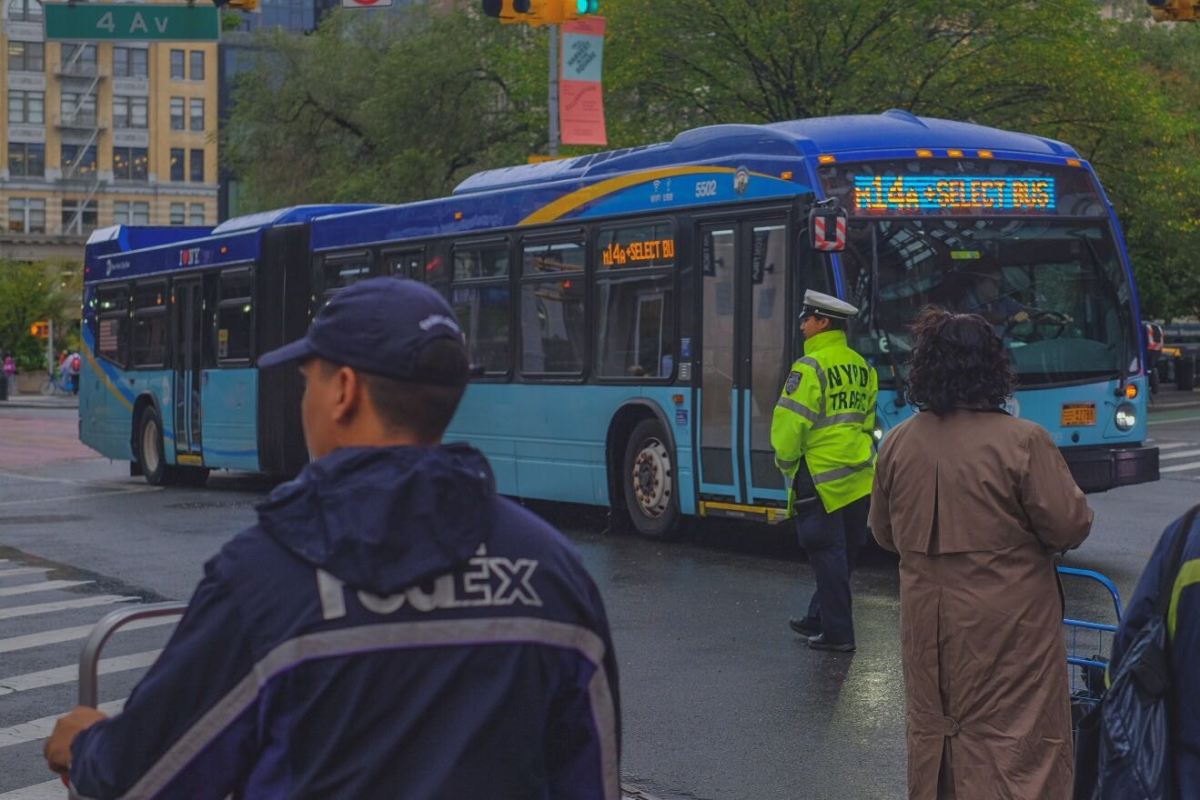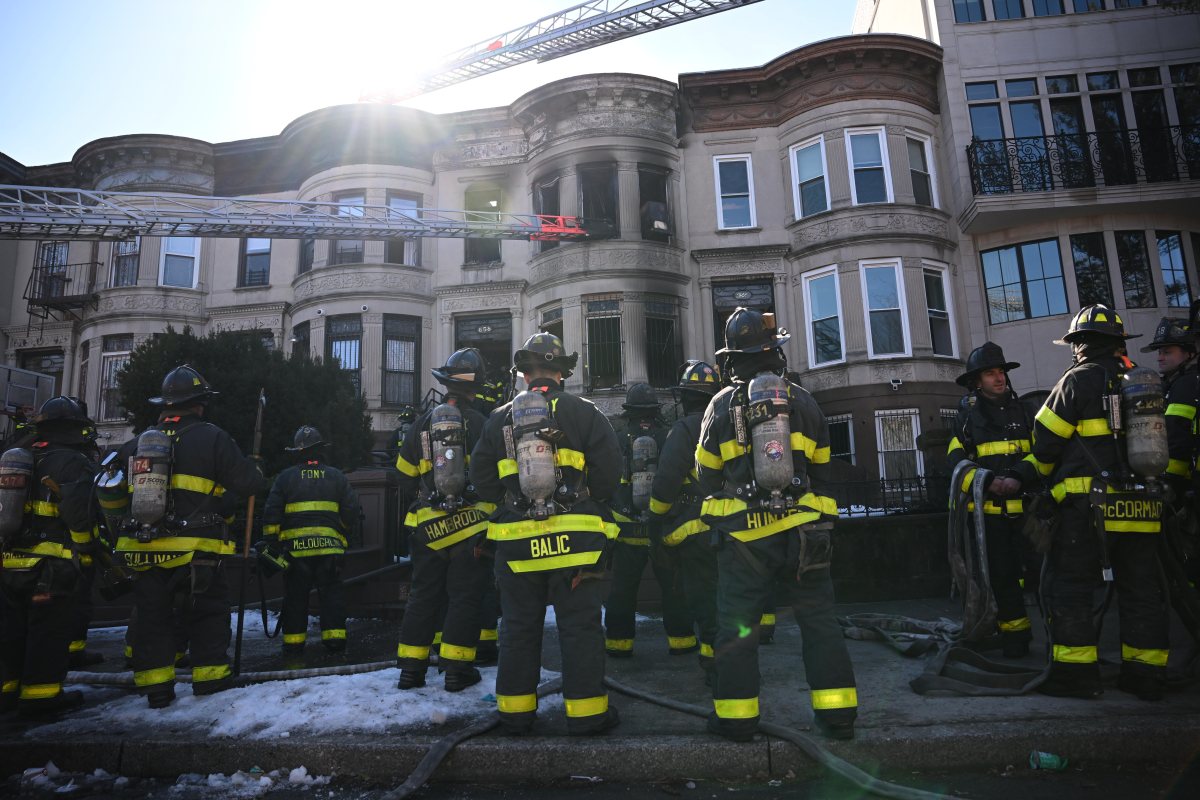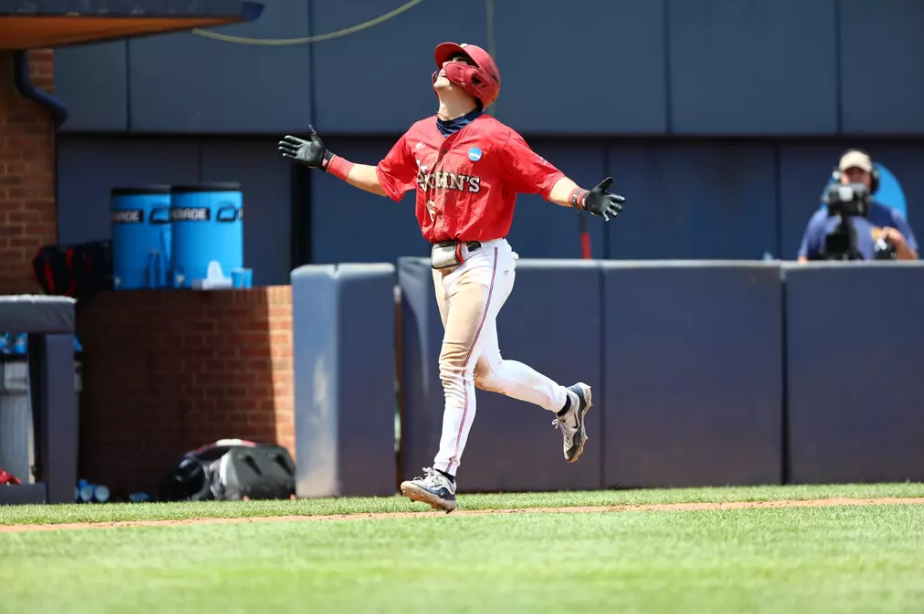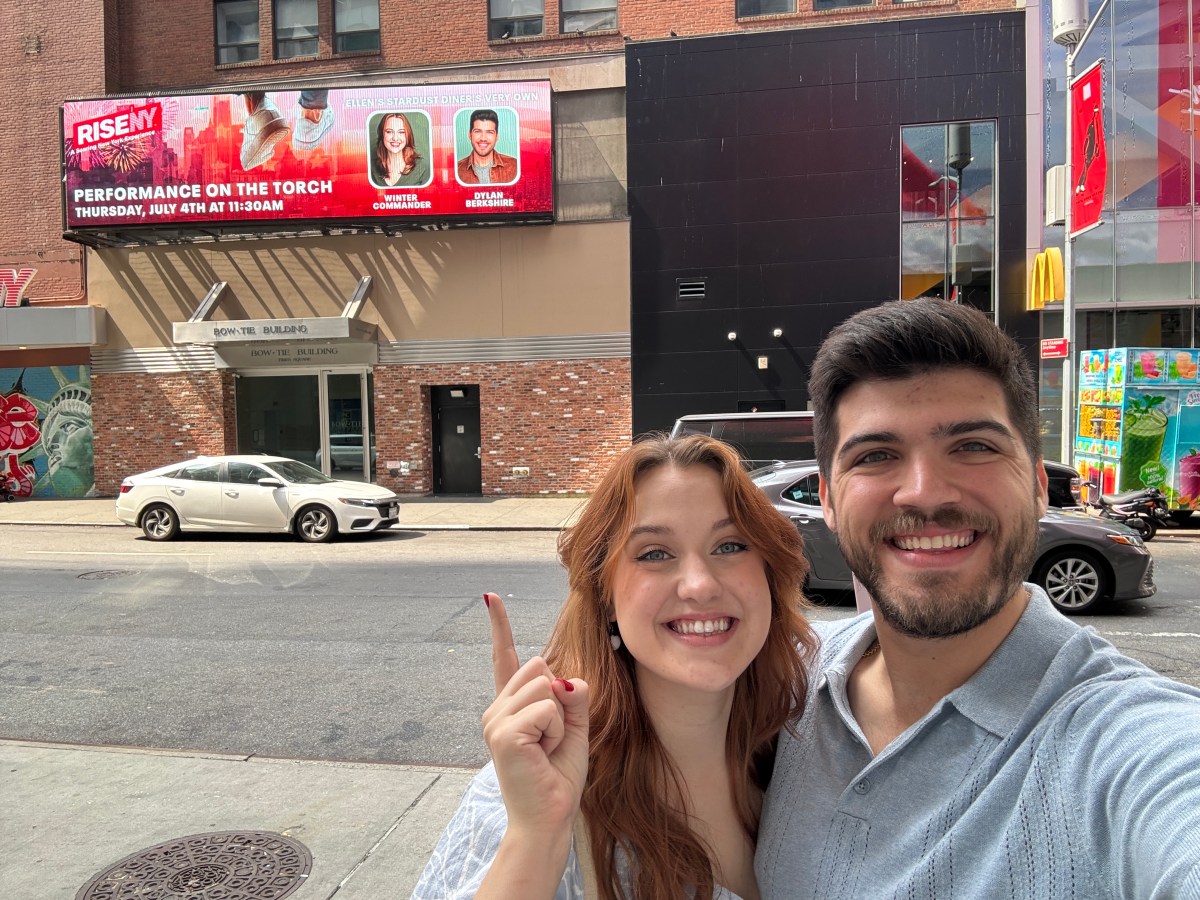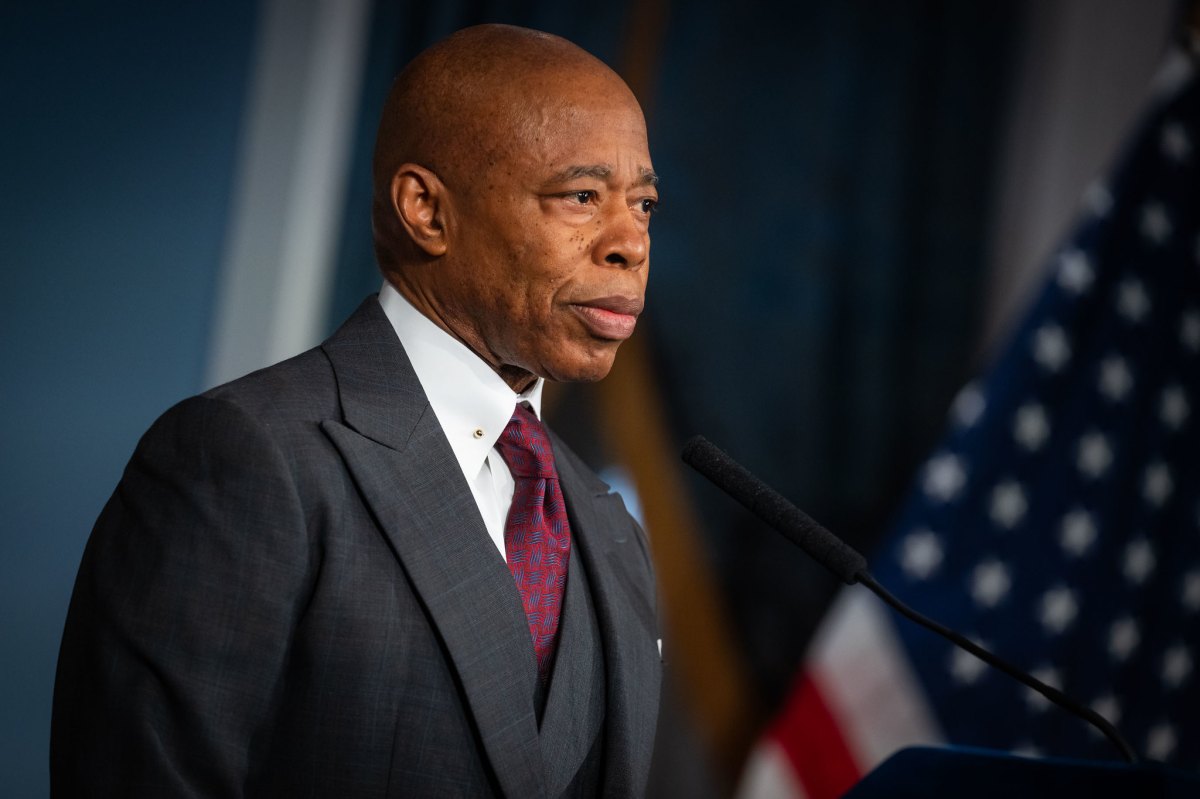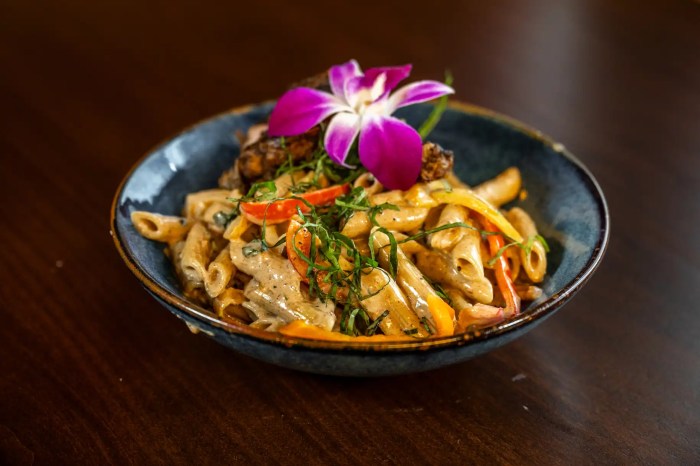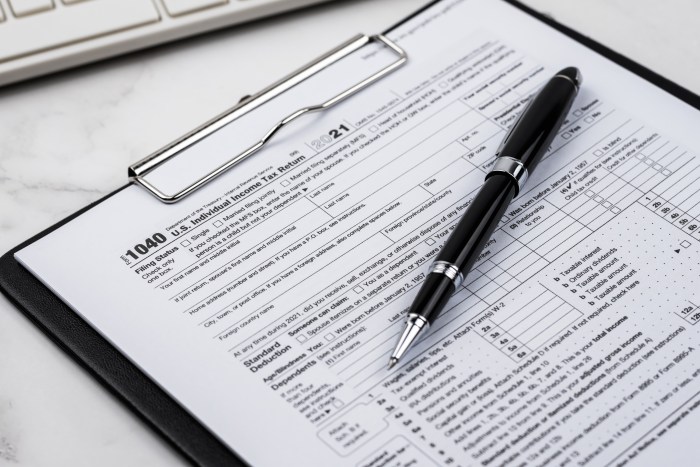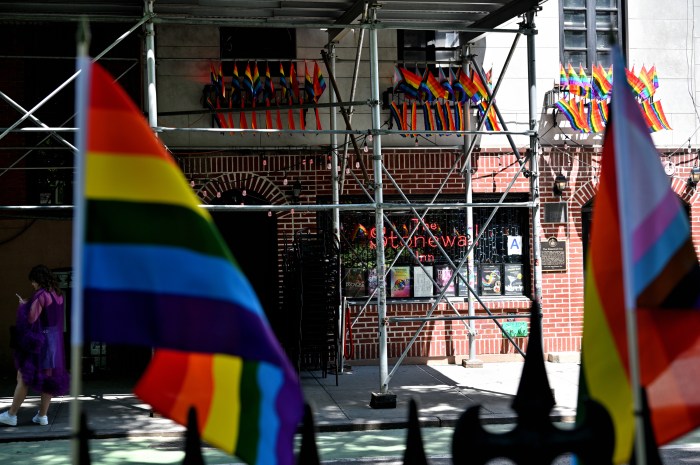Up to 400,000 New Yorkers will be cleared to return to offices, stores and factories across New York City on June 8 — and the city needs to be ready to move them all through public transportation.
Interim New York City Transit President Sarah Feinberg sent a letter to Mayor Bill de Blasio on June 4 asking for the city’s Department of Transportation to create 60 miles of bus lanes and bus ways to get riders moving as the city reopens from the COVID-19 pandemic.
Feinberg told the mayor that “public transit will play a key role in ensuring the city’s return to normalcy,” and the extra buses and busways will “help alleviate crowding on the streets and underground.”
The 60 additional bus lane miles would account for a 42% increase over the existing 144 bus lane miles across the five boroughs. The MTA provided several locations for new or upgraded bus lanes:
- The Bronx — East 149th Street, E.L. Grant Highway, Tremont Avenue, Fordham Road and University Avenue.
- Brooklyn — Flatbush Avenue between Avenue H and Empire Boulevard.
- Staten Island — Bay Street between the St. George Ferry Terminal and Canal Street; and Richmond Terrace between the ferry terminal and Jersey Street.
The MTA also wants to create busways along the following streets, which would restrict other vehicular traffic during all or part of each day:
- Manhattan — 181st Street between Broadway and Amsterdam Avenue.
- Queens — Main Street between Kissena and Northern Boulevards; and Archer Avenue between 146th and 168th Streets.
- Brooklyn — Livingston Street between Court Street and Flatbush Avenue.
When the streets were nearly devoid of traffic at the height of the COVID-19 pandemic, MTA buses were moving at a much faster clip. Feinberg said average bus speeds citywide rose dramatically, while commute times tumbled — albeit with fewer people commuting each day.
As the city reopens on June 8, it figures that vehicular traffic will increase along with it, and buses will again be competing with private cars on the streets. Feinberg told de Blasio this is the right opportunity for the city to create roadways dedicated to bus traffic that expeditiously move commuters without cars getting in their way.
“We have seen firsthand how dedicated bus lanes can dramatically improve the customer experience,” Feinberg wrote. “Following the establishment of the 14th Street Busway [in Manhattan] and SBS service last year, ridership increased by 14% and travel times improved by 24%. We want to emulate that success on other lines wherever possible, as soon as possible.”
amNewYork Metro reached out to the Mayor’s office for comment, and is awaiting a response.



